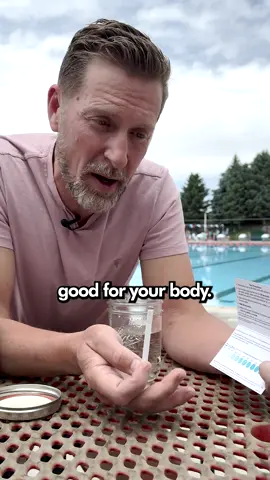ALNAJIB
Region: PH
Monday 18 August 2025 11:40:47 GMT
507
48
1
2
Music
Download
Comments
QITAB'FIDZ :
🥰🥰🥰
2025-09-09 08:17:50
0
To see more videos from user @alnajib475, please go to the Tikwm
homepage.





